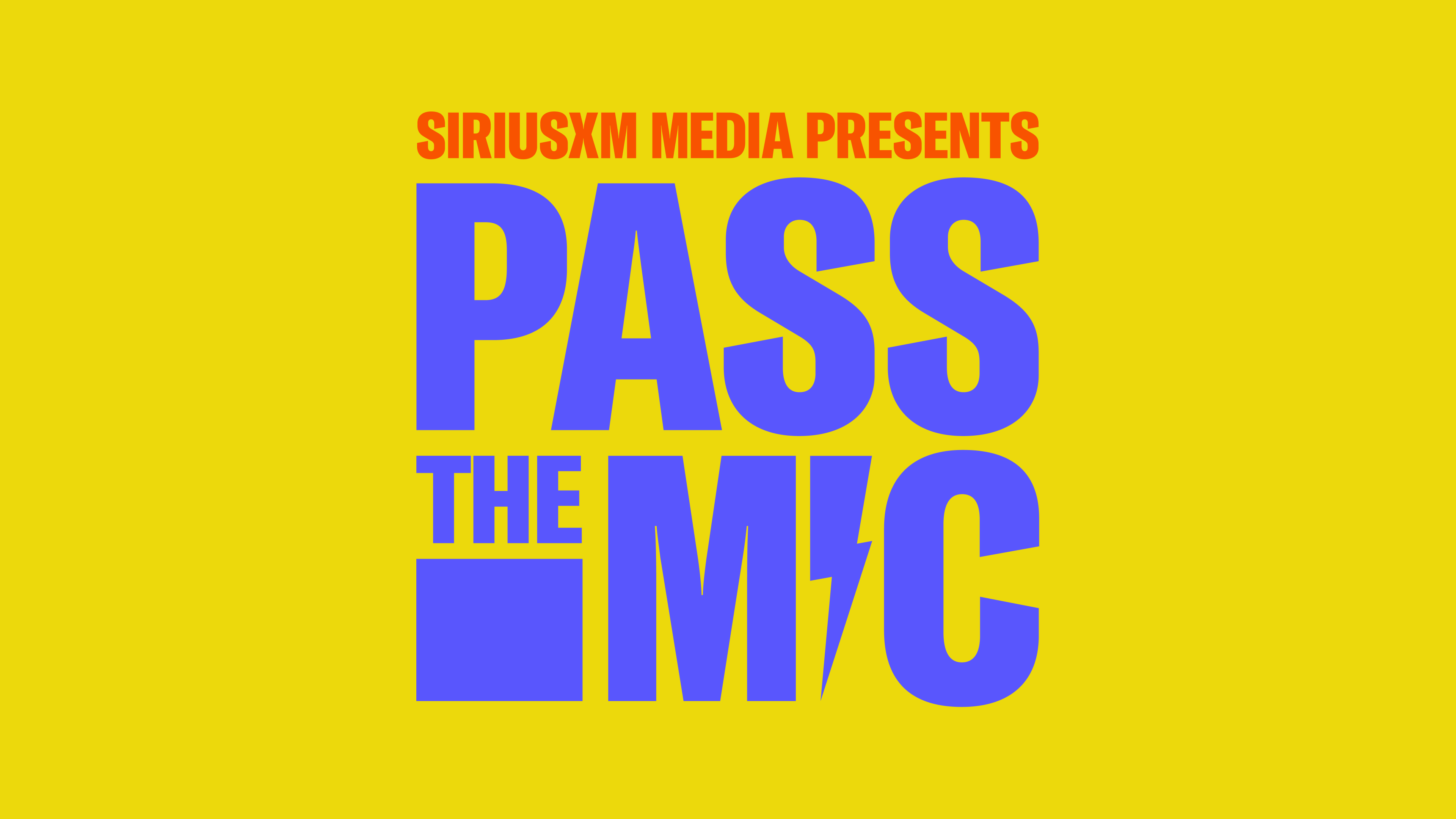Must-Know Commonalities between Audio and Video Streamers
Melissa Paris, Vice President, Sales Research & AnalyticsOct 20, 2020Watching good ol’ cable TV was once America’s pastime, but with the advent of services like Netflix and YouTube, times have changed. The rise of Cord-Cutters and Cord-Nevers has presented a unique challenge to reach consumers who are no longer glued to their couches for “Must-See TV” viewing. While brands have jumped on the opportunity to connect with viewers via video streaming, for whatever reason, audio has been left out of the picture.
But, why isn’t audio thought of as an effective method to reach these same audiences? Are brands missing out by not targeting both video and audio streamers in complementary strategies?
(The Study) The Differentiating Factor: A Tale of Two Streamers
In partnership with Edison Research, Pandora and Omnicom Media Group’s Primary Research team set out to:
- Uncover the commonalities and differences between video and audio streamers, therefore identifying the intersection between streaming capabilities
- Determine if video streamers are more likely to lean into streaming audio content, and vice versa
- Discover if advertisers who heavily invest in streaming video advertising are missing out on reaching just as passionate audiences via audio streaming platforms
Online interviews were conducted among 3,026 U.S. adults ages 18+ from April 23 to April 29, 2020. The data was weighted to match the sex, age, and ethnicity of the U.S. online population.
(The Results) Cords are still being ✂️
As we anticipated, the TV landscape has evolved quite a bit—today, 1 in 3 U.S. consumers ages 18 or older are no longer paying for a cable or satellite service and have cut the cord... or never even plugged it in to begin with. Almost half of Cord-Cutters have done so within the past year, so this shift away from traditional TV is only accelerating. All major demographics are seeing a shift, though Young Adults 18-34 are 27% more likely to be Cord-Cutters/Cord-Nevers.
Streaming services are catching up with traditional broadcast media, with a vast majority of U.S. adults now consuming streaming media. When comparing video and audio, both are increasingly popular, mainstream activities—78% of respondents have ever used a streaming video service like Netflix, and 66% have ever used a streaming audio service like Pandora.

A Streamer is a Streamer
One of the most interesting findings from this study is that more than 9 in 10 video streamers ever stream audio, and vice versa. Rather than being two distinct audiences, there is a great deal of overlap between streaming audio and streaming video, and this is true for both ad-supported streamers and paid subscription streamers.
In fact, paid subscription streamers also dabble in ad-supported content: 73% of paid video subscribers also watch videos on an ad-supported service, and 59% of paid audio subscribers also listen to audio content on an ad-supported service. This is likely due to the fact that, particularly for video, unique content offerings can compel users to pay for multiple services or use a combination of paid and free services, to access exclusive shows. Content is king and doesn’t dictate the tier of service a streamer invests their time in.
Audio as a Mood-Booster
Where audio and video really start to diverge is the role they play in streamers’ lives and the need states they fulfill. While both are similarly turned to for things like escapism, streaming audio is more likely to be a mood lifter, make listeners feel connected, and relieve stress. While streaming video does bring families together and help pass time, it is also much more likely to evoke feelings of laziness. Streaming audio has more positive emotional associations.
Reach Video Ad Avoiders
Many video streamers are simply choosing to pay for a subscription service in order to binge to their heart’s content without any ad interruptions, while others are simply avoiding ads by other means: 70% of video streamers say they actively try to avoid some or all video ads.
Ad-supported audio can be an attractive complement to a brand’s video buy, offering a window to reach both paid video subscribers and video ad avoiders, with 59% and 57% of those audiences listening to ad-supported audio, respectively.
Audio > Video in Receptivity
In addition to the reach opportunity, receptivity is high for audio ads, as they offer a more enjoyable experience for listeners. Compared to ads they see on TV, YouTube or streaming video platforms, listeners find audio ads to be more attention-grabbing (45%), harder to tune out (45%), less disruptive (42%), and more relevant to the content (40%). Video ad avoiders are even more likely to say that audio ads are harder to tune out than video ads, with 57% agreeing.
Younger listeners are especially likely to find audio ads to be more engaging than video ads—56% say they are more likely to grab their attention, 50% think they are more relevant to the content, and 48% think they are more enjoyable. This receptivity to audio advertising leads to action, with 1 in 3 audio streamers ages 18-34 saying they have purchased a brand or product after hearing an online audio ad.
(Key Takeaways)
- Think about how you can reach your audience across both video and audio streaming platforms—which means leaning into one cohesive strategy across channels (and including both video and audio in your creative brief). This ensures that as streamers switch from their favorite Hulu show to their go-to Pandora station, they continue to hear a consistent brand message seamlessly woven across devices.
- As mentioned above, audio is a mood booster. And because of this, you can tap into listeners’ specific moods (friday vibes, getting over a breakup, about to workout, etc.) and tailor your message based on mindset (check out: Pandora’s Mood Score).
- Streaming audio listeners state specific points of appeal for ads on audio platforms (less disruptive, relevant, personalized, seamless), and they don’t mind hearing these ads—take advantage of streaming audio’s ability to deliver sequential, dynamic and shorter ad length messaging—which have been found to resonate best when connecting with them.
Be sure to check out Pandora’s 2021 Definitive Guide to Audio, the ultimate playbook to everything marketers and advertisers need to know about changes in listener preferences, industry shifts, creative best practices, and trends we believe will extend into 2021 and beyond.



